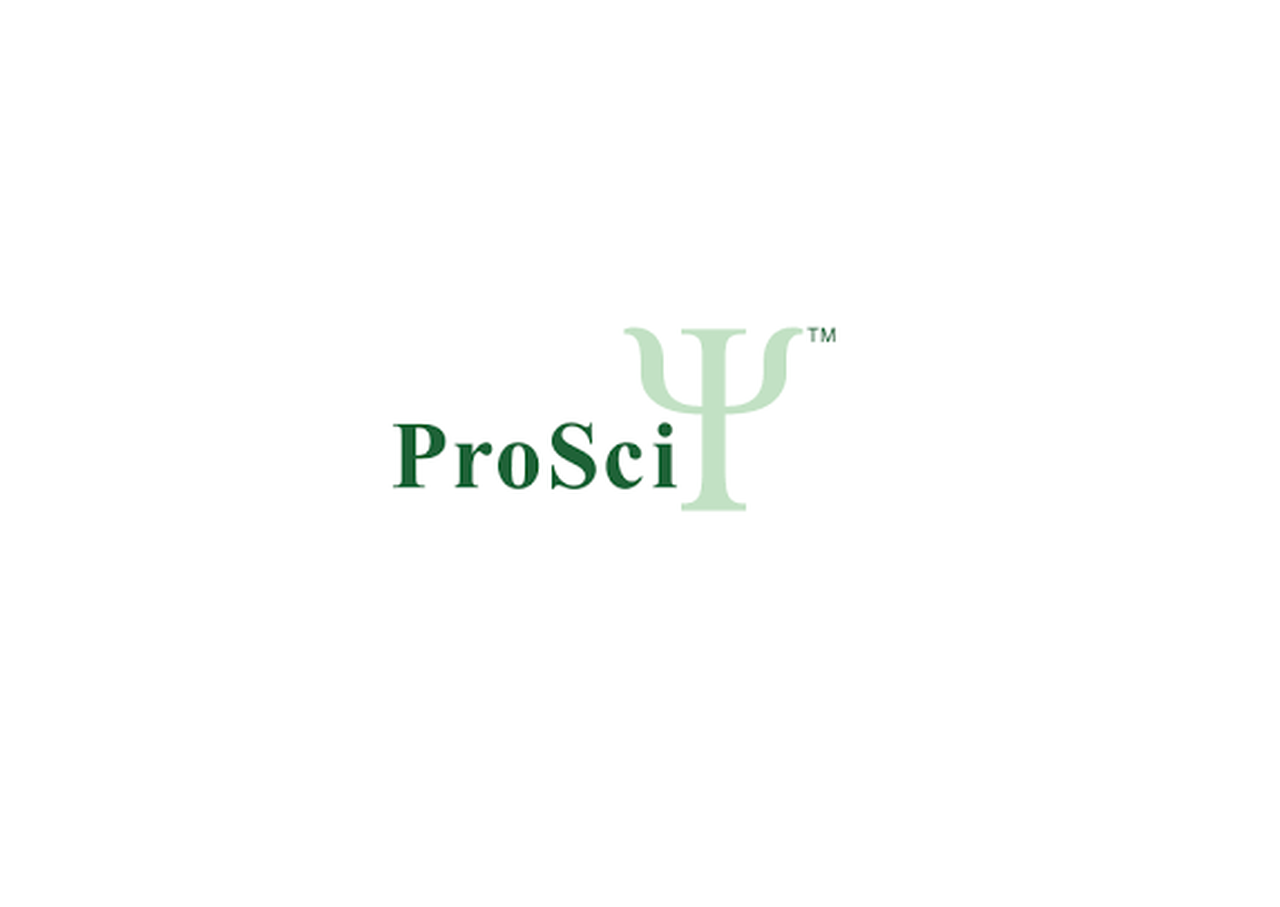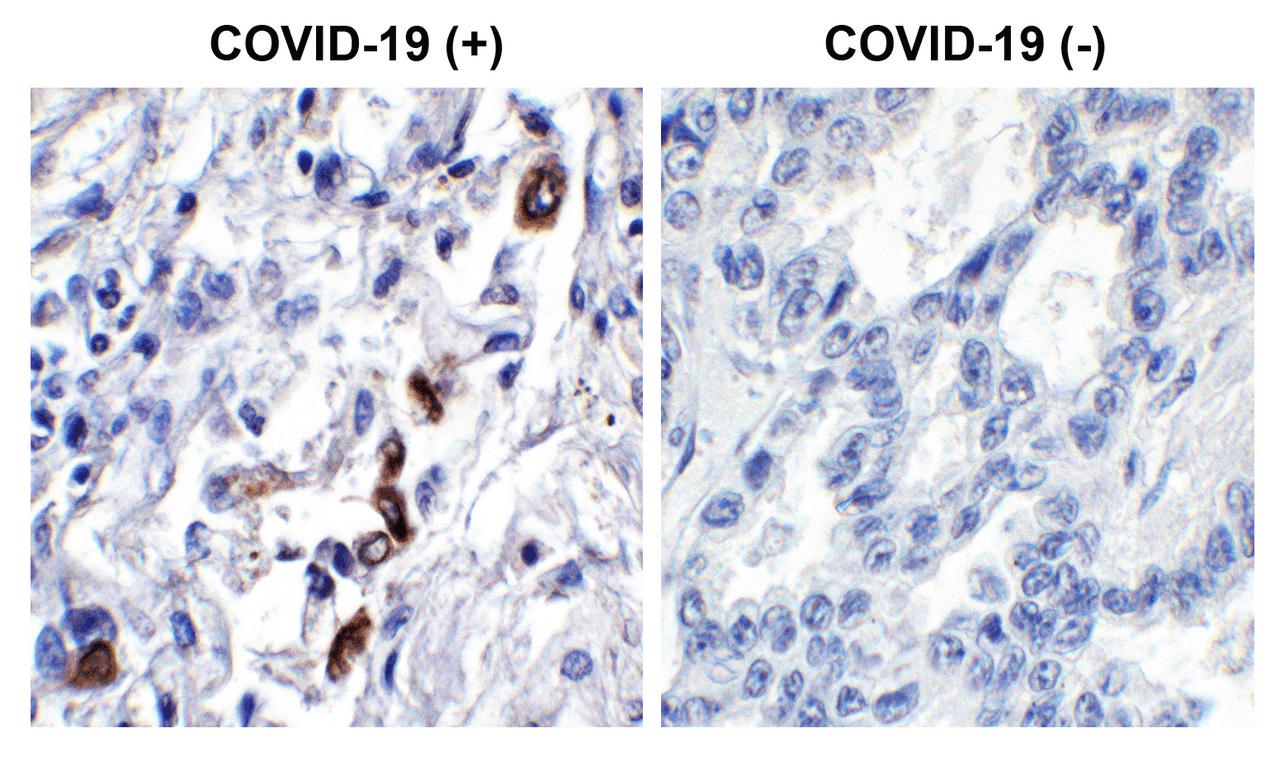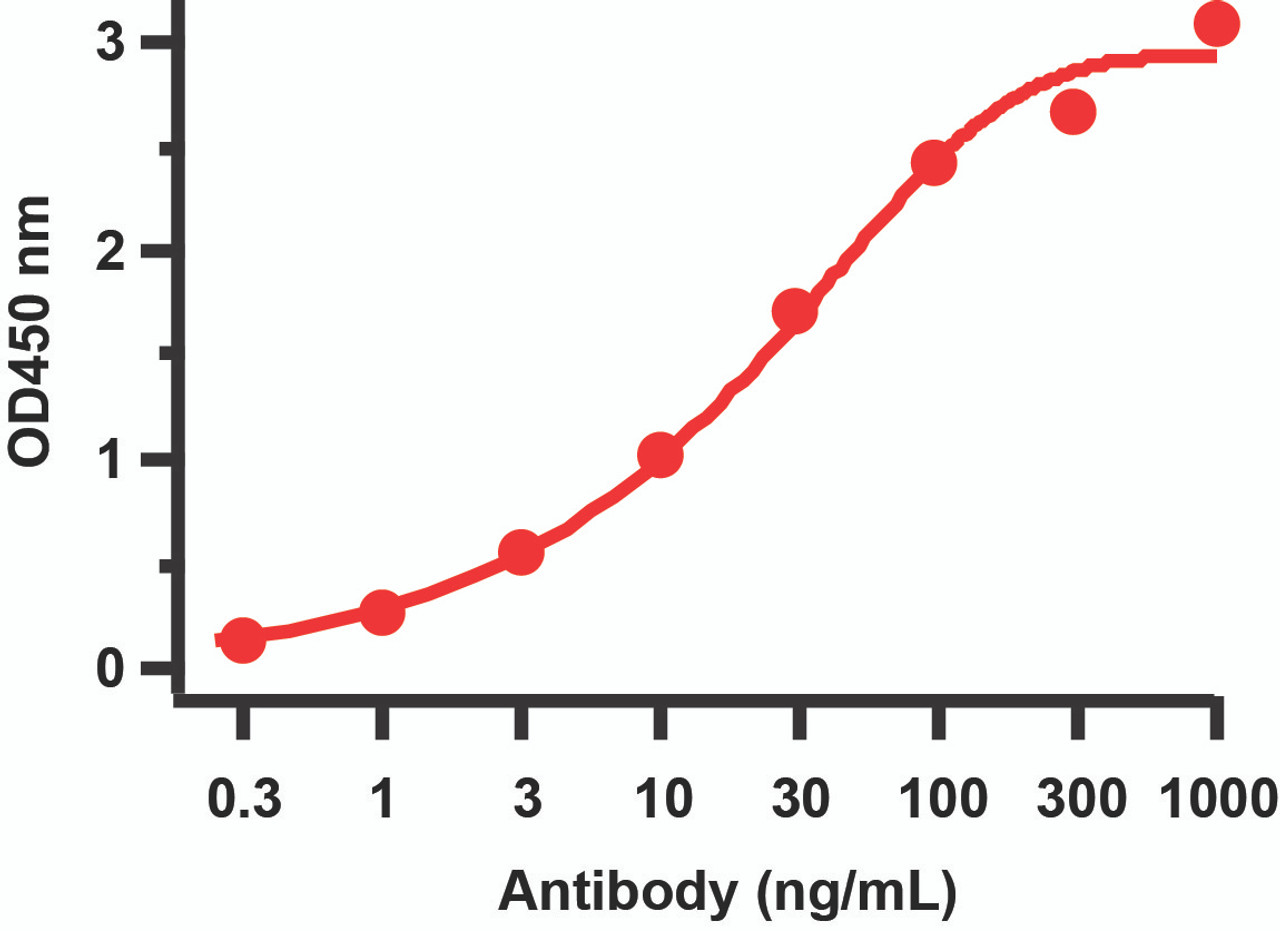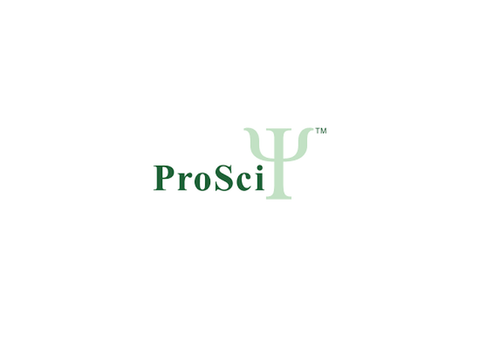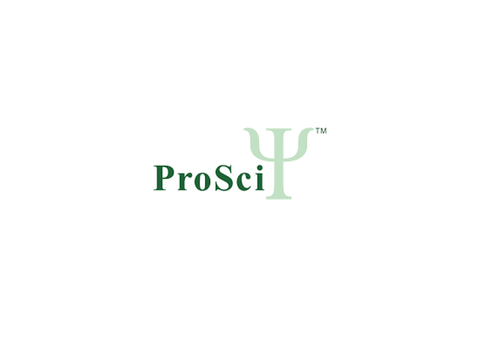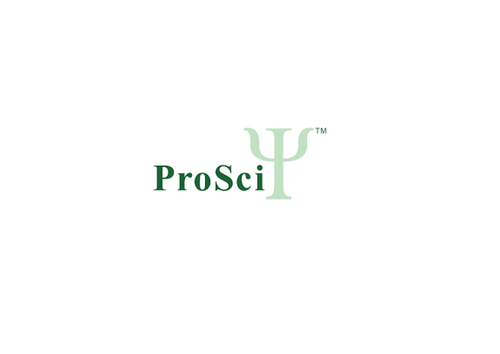Product Description
SARS-CoV-2 (COVID-19) ORF3a Antibody | 9275 | ProSci
Host: Rabbit
Reactivity: Virus
Homology: N/A
Immunogen: Anti-SARS-CoV-2 (COVID-19) ORF3a antibody (9275) was raised against a peptide corresponding to 15 amino acids near the amino-terminus of SARS-CoV-2 (COVID-19) ORF3a protein.
The immunogen is located within the first 50 amino acids of the SARS-CoV-2 (COVID-19) ORF3a protein.
Research Area: Infectious Disease, COVID-19
Tested Application: E, IHC
Application: IHC: 0.2 μg/mL
Antibody validated: Immunohistochemistry in human samples. Antibody validated: SARS-CoV-2 (COVID-19) ORF3a antibody can detect 2 ng of free peptide at 1 μg/mL in ELISA. All other applications and species not yet tested.
Specificiy: N/A
Positive Control 1: N/A
Positive Control 2: N/A
Positive Control 3: N/A
Positive Control 4: N/A
Positive Control 5: N/A
Positive Control 6: N/A
Molecular Weight: N/A
Validation: N/A
Isoform: N/A
Purification: SARS-CoV-2 (COVID-19) ORF3a Antibody is affinity chromatography purified via peptide column.
Clonality: Polyclonal
Clone: N/A
Isotype: IgG
Conjugate: Unconjugated
Physical State: Liquid
Buffer: SARS-CoV-2 (COVID-19) ORF3a antibody is supplied in PBS containing 0.02% sodium azide.
Concentration: 1 mg/mL
Storage Condition: SARS-CoV-2 (COVID-19) ORF3a antibody can be stored at 4˚C for three months and -20˚C, stable for up to one year. As with all antibodies care should be taken to avoid repeated freeze thaw cycles. Antibodies should not be exposed to prolonged high temperatures.
Alternate Name: ORF3a protein, Accessory protein 3a, Protein 3a, Protein U274, Protein X1, ORF3a
User Note: Optimal dilutions for each application to be determined by the researcher.
BACKGROUND: Coronavirus disease 2019 (COVID-19) , formerly known as 2019-nCoV acute respiratory disease, is an infectious disease caused by SARS-CoV-2, a virus closely related to the SARS virus (1) . The disease is the cause of the 2019–20 coronavirus outbreak (2) . SARS-CoV-2 virus proteins include structural proteins, non-structural proteins and accessory factors. The structure of SARS-CoV-2 consists of the following: a spike protein (S) , hemagglutinin-esterease dimer (HE) , a membrane glycoprotein (M) , an envelope protein (E) a nucleoclapid protein (N) and RNA. SARS-CoV-2 non-structural protein is ORF1ab that consists of 16 proteins (nsp1-nsp16) , while accessory factors include ORF3a, ORF3b, ORF6, ORF7a, ORF7b, ORF8, ORF9b, ORF9c and ORF10. ORF3a forms homotetrameric potassium sensitive ion channels (viroporin) and may modulate virus release. It up-regulates expression of fibrinogen subunits FGA, FGB and FGG in host lung epithelial cells. It induces apoptosis in cell culture and downregulates the type 1 interferon receptor by inducing serine phosphorylation within the IFN alpha-receptor subunit 1 (IFNAR1) degradation motif and increasing IFNAR1 ubiquitination (3) .
 Euro
Euro
 USD
USD
 British Pound
British Pound
 NULL
NULL

